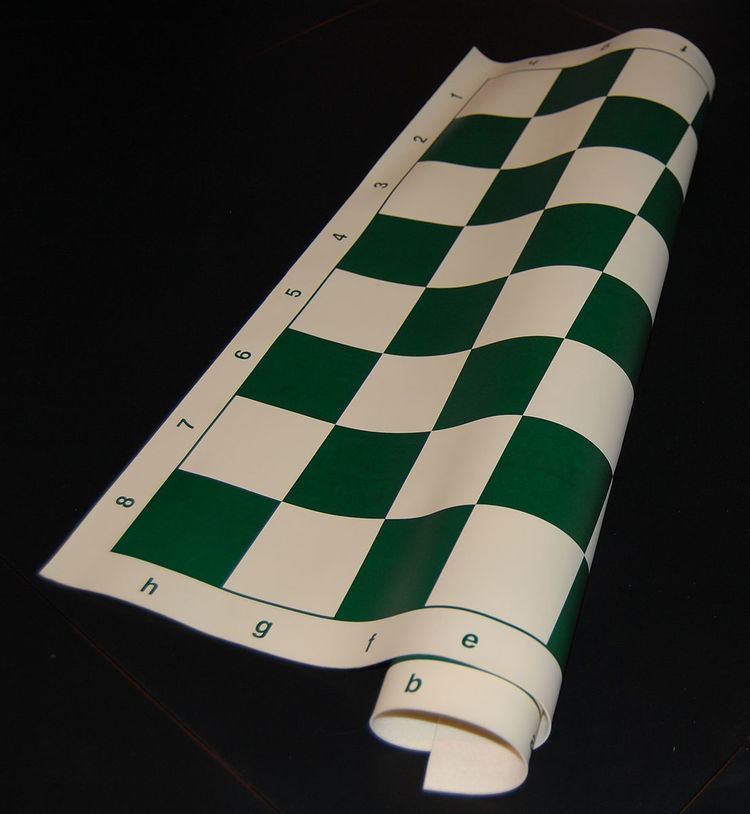 | ||
In chemistry, vinyl or ethenyl is the functional group −CH=CH2, namely the ethylene (IUPAC ethene) molecule (H2C=CH2) minus one hydrogen atom. The name is also used for any compound containing that group, namely R−CH=CH2 where R is any other group of atoms.
Contents
An industrially important example is vinyl chloride, precursor to PVC, a plastic commonly known as vinyl.
Vinyl is one of the alkenyl functional groups. On a carbon skeleton, sp2-hybridized carbons or positions are often called vinylic. Allyls, acrylates and styrenics contain vinyl groups. (A styrenic crosslinker with two vinyl groups is called divinyl benzene.)
Etymology
The etymology of vinyl is the Latin vinum = "wine", because of its relationship with alcohol (in its original sense of ethyl alcohol). The term "vinyl" was coined by the German chemist Hermann Kolbe in 1851.
Vinyl polymers
Vinyl groups can polymerize with the aid of a radical initiator or a catalyst, forming vinyl polymers. In these polymers, the double bonds of the vinyl monomers turn into single bonds and the different monomers are joined by single bonds. Vinyl groups do not exist in vinyl polymer; the term refers to the precursor. It is sometimes important to ascertain the absence of unreacted vinyl monomer in the final product when the monomer is toxic or reduces the performance of the plastic. The following table gives some examples of vinyl polymers.
The vinylidene and vinylene derivatives can polymerize in the same manner.
Reactivity
Vinyl derivatives are alkenes. If activated by an adjacent group, the increased polarization of the bond gives rise to characteristic reactivity, which is termed vinylogous:
Vinyl organometallics, e.g. vinyl lithium, participate in coupling reactions such as in Negishi coupling.
